Chickens: How a creature that can barely fly became the world's most migratory bird
It is our biggest source of protein, a feathered medicine chest and a marker for human exploration, and yet most of us don’t give fowls much thought
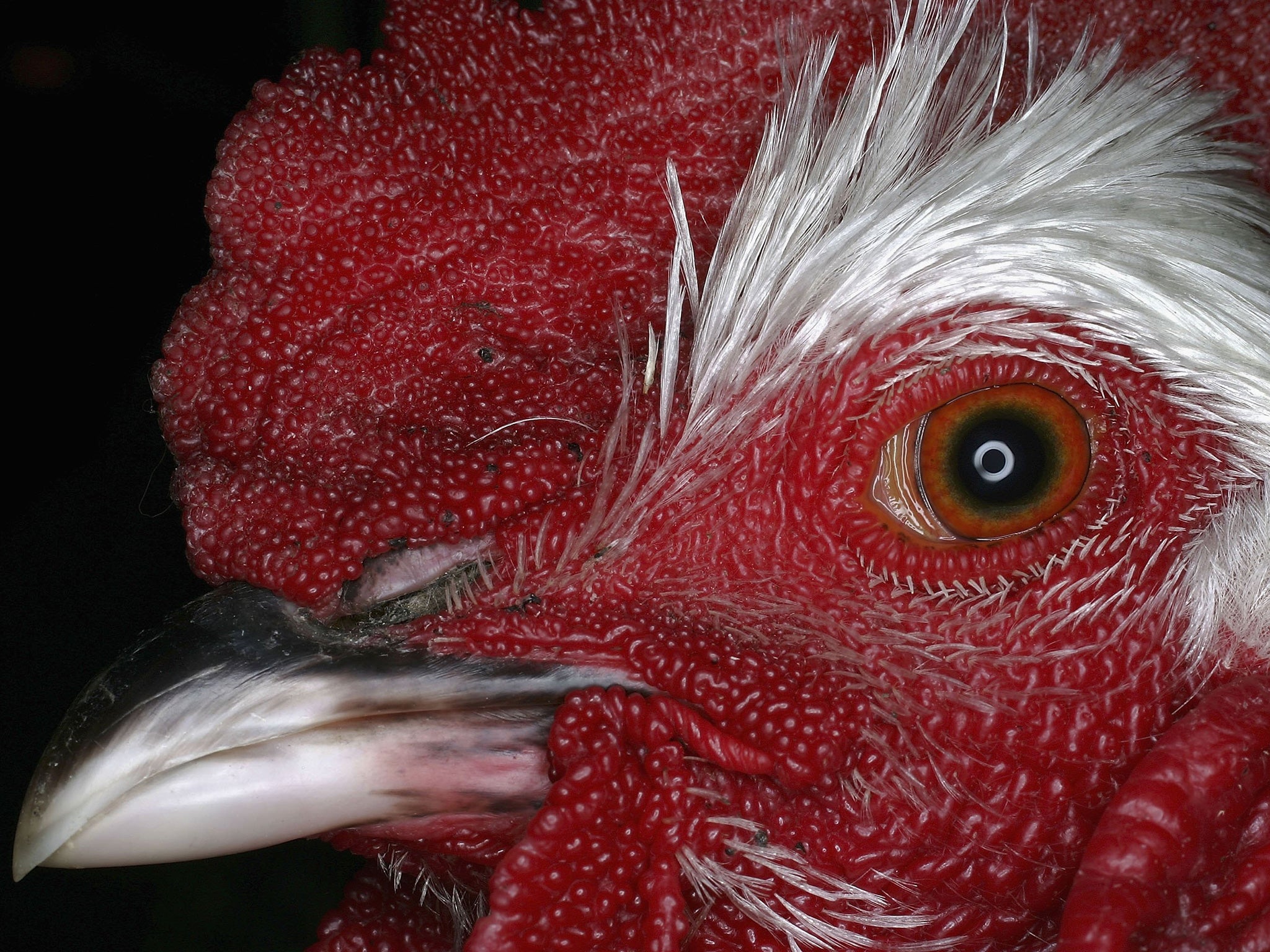
Your support helps us to tell the story
From reproductive rights to climate change to Big Tech, The Independent is on the ground when the story is developing. Whether it's investigating the financials of Elon Musk's pro-Trump PAC or producing our latest documentary, 'The A Word', which shines a light on the American women fighting for reproductive rights, we know how important it is to parse out the facts from the messaging.
At such a critical moment in US history, we need reporters on the ground. Your donation allows us to keep sending journalists to speak to both sides of the story.
The Independent is trusted by Americans across the entire political spectrum. And unlike many other quality news outlets, we choose not to lock Americans out of our reporting and analysis with paywalls. We believe quality journalism should be available to everyone, paid for by those who can afford it.
Your support makes all the difference.Add up the world’s cats, dogs, pigs and cows and there would still be more chickens. Toss in every rat on earth and the bird still dominates. The domestic fowl is the world’s most ubiquitous bird and most common barnyard animal. More than 20 billion chickens live on our planet at any given moment – three for every human. The nearest avian competitor is the red-billed quelea, a little African finch numbering a mere two billion or so.
Only one country and one continent are fowl-free. Pope Francis I regularly dines on skinless breast bought in the markets of Rome since there is no room for a coop in the tiny state of Vatican City. In Antarctica, chickens are taboo. Grilled wings are a staple at the annual New Year’s celebration at the South Pole’s Amundsen-Scott Station, but the international treaty governing the southern continent forbids the import of live or raw poultry to protect penguins from disease. Even so, most emperor penguin chicks have been exposed to common chicken viruses.
These exceptions prove the rule. From Siberia to the South Atlantic’s South Georgia and the South Sandwich Islands, the chicken is universal, and Nasa has studied whether it could survive the trip to Mars. The bird, which began in the thickets of South Asian jungles, is now our single most important source of protein, and we are unlikely to leave the planet without it. As our cities and appetites grow, so does the population of, and our dependence on, the common fowl. “Both the jayhawk and the man eat chickens,” the American economist Henry George wrote in 1879, “but the more jayhawks, the fewer chickens, while the more men, the more chickens.”
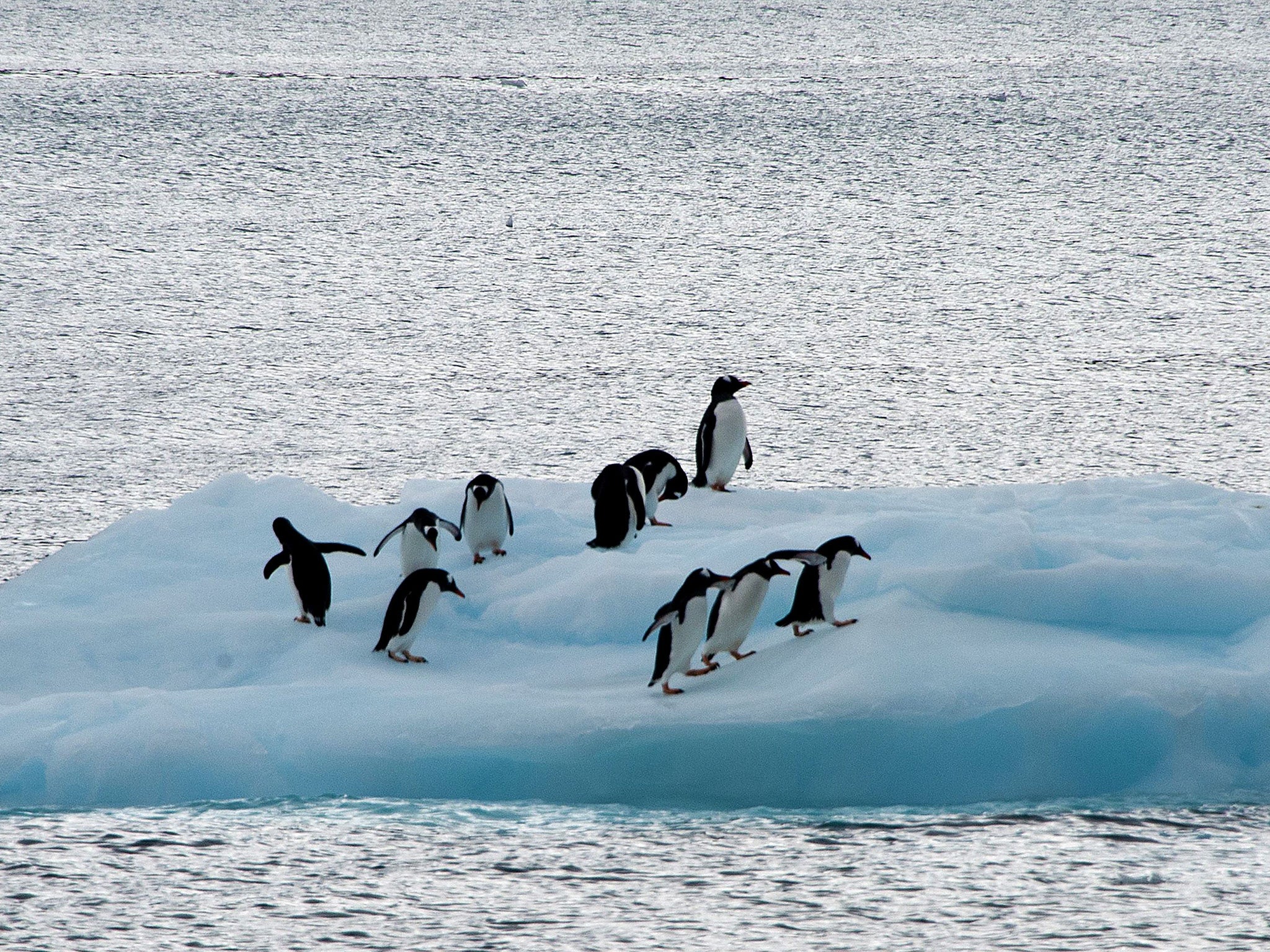
Until recently, I never thought to ask why this creature, out of 15,000 species of mammals and birds, emerged as our most important animal companion. My reporting took me to archaeological digs in the Middle East, Central Asia and East Asia as I pursued the question of why and how our species abandoned the quiet hunter-gatherer life in favour of bustling cities, global empires, world wars and social media. This mysterious and radical shift to urban life that began in the Middle East six millennia ago continues to transform the earth. Only in the past decade, for the first time in history, have more people lived in cities than in the country.
When I heard that excavators working on an Arabian beach had evidence that Indian traders had mastered the monsoon to sail across the open ocean more than 4,000 years ago, I pitched the story to a magazine. These adventurous Bronze Age sailors inaugurated international trade and helped to spark the first global economy, carrying Himalayan timber and Afghan lapis lazuli to the great Mesopotamian cities as Egyptian masons put the finishing touches on the Giza pyramids. In my pitch, I mentioned to the editor that, along with remains of ancient Indian trade goods, archaeologists had uncovered a chicken bone that might mark the bird’s arrival in the West. “That’s interesting,” the editor said. “Follow the bird. Where did it come from? Why do we eat so much of it? What is a chicken, anyway?” I agreed, reluctantly, and a few weeks later I arrived in a seaside Omani village as the Italian archaeology team working at the beach site were returning from an afternoon swim in the Arabian Sea. The chicken bone? “Oh,” said the dig director, towelling his damp locks. “We think it was misidentified. It probably came from one of our workmen’s lunches.”
Since chickens didn’t pull Babylonian war chariots or carry silks from China, archaeologists and historians have not given the bird much thought, and anthropologists prefer watching people hunt boar than feed fowl. Poultry scientists are fixated on converting grain to meat as efficiently as possible, not in tracing the bird’s spread around the world. Even scientists, who appreciate the importance of animals in the making of human societies, tend to overlook the fowl. Jared Diamond, the author of the bestseller Guns, Germs, and Steel, relegates the chicken to a category of “small domestic mammals and domestic birds and insects” that are useful but not worthy of the attention due, say, the ox.
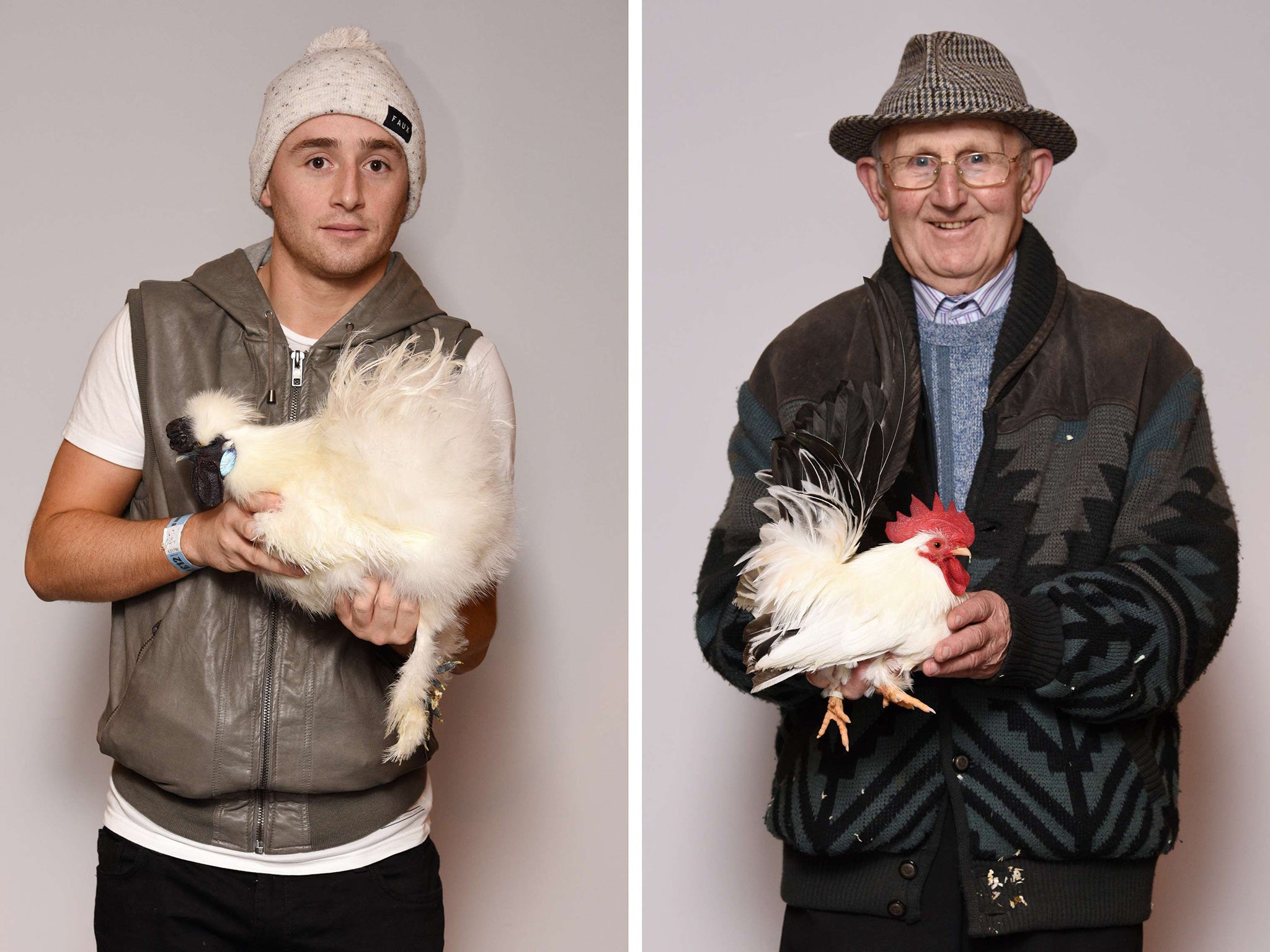
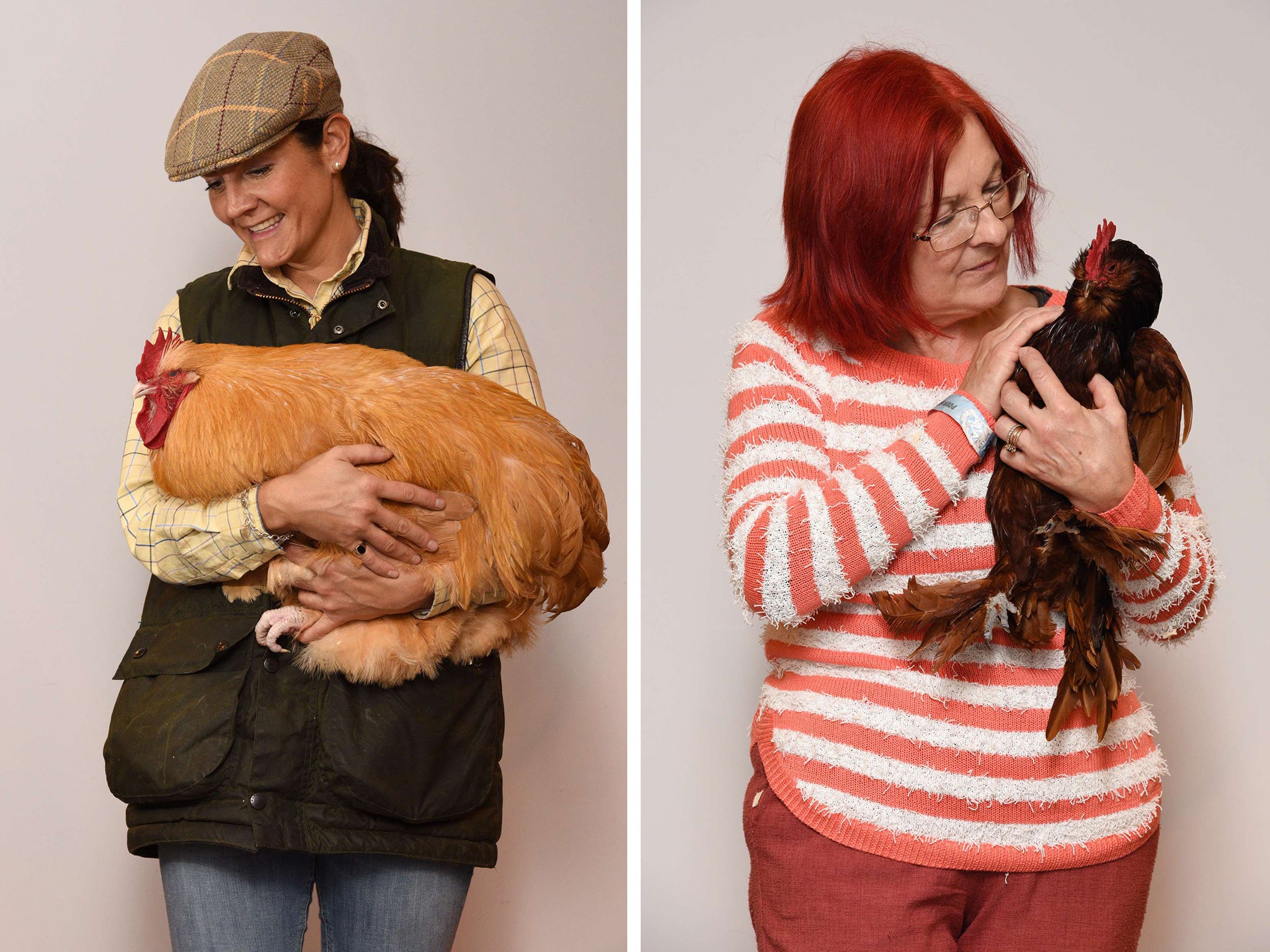
Underdogs and unsung heroes are journalistic red meat. The chicken is so underestimated that it is legally invisible. Although its meat and eggs power our urban and industrial lives, it is not considered livestock – or even an animal – under American law if raised for food. “Chickens do not always enjoy an honourable position among city-bred people,” EB White noted. If they thought of chickens at all, it was “as a comic prop straight out of vaudeville”. Although Susan Orlean declared the chicken the “it” bird in a 2009 New Yorker article devoted to the popular backyard-chicken movement, the dog and cat retain their joint title as the most beloved pet.
If all canines and felines vanished tomorrow, along with the odd parakeet and gerbil, there would be much mourning but minimal impact on the global economy or international politics. A suddenly chickenless world, however, would spell immediate disaster. In 2012, as the cost of eggs shot up in Mexico City after millions of birds were culled due to disease, demonstrators took to the streets, rattling the new government. It was dubbed the “Great Egg Crisis”, and no wonder, since Mexicans eat more eggs per capita than any other people.
The same year, in Cairo, high-priced poultry helped to inspire Egypt’s revolution as protesters rallied to the cry: “They are eating pigeon and chicken, but we eat beans every day!” When poultry prices tripled in Iran recently, the nation’s police chief warned television producers not to broadcast images of people eating the popular meat, to avoid inciting violence among those who could not afford grilled kebabs. The chicken has, quietly but inexorably, become essential. Although it can barely fly, the fowl has become the world’s most migratory bird through international imports and exports. The various parts of a single bird may end up at opposite ends of the globe. Chinese get the feet, Russians the legs, Spaniards the wings, Turks the intestines, Dutch soup makers the bones, and the breasts go to the United States and Britain. This globalised business extends to Kansan corn that plumps Brazilian birds, European antibiotics to stave off illness in American flocks, and Indian-made cages housing South African poultry.
“A commodity appears at first sight an extremely obvious, trivial thing,” Karl Marx wrote. But analyse it and the commodity turns into “a very strange thing, abounding in metaphysical subtleties and theological niceties”. As I pursued the chicken’s trail around the world, I found it full of surprising metaphysical and theological implications. Emerging from the Asian jungle as a magical creature, it spread around the globe, performing as a celebrity in royal menageries, playing an important role as a guide to the future, and transforming into a holy messenger of light and resurrection. It entertained us as it fought to the death in the cockpit, served as an all-purpose medicine chest, and inspired warriors, lovers, and mothers. In traditions from Bali to Brooklyn, it still takes on our sins, as it has done for millennia. No other animal has attracted so many legends, superstitions and beliefs across so many societies and eras.
The chicken crossed the world because we took it with us, a journey that began thousands of years ago in South-east Asia and required human help every step of the way. It slept in bamboo cages on dugout canoes moving down the wide Mekong river, squawked in carts pulled by oxen plodding to market towns in China, and jostled over Himalayan mountains in wicker baskets slung across the backs of traders. Sailors carried it across the Pacific, Indian and Atlantic oceans, and by the 17th century, chickens lived in nearly every corner of every settled continent. Along the way they sustained Polynesian colonists, urbanised African society, and staved off famine at the start of the Industrial Revolution.
Charles Darwin drew on the chicken to cement his theory of evolution, and Louis Pasteur used it to create the first modern vaccine. Its egg, after more than 2,500 years of study, remains the premier model organism of science, and is the vessel we use to manufacture our annual flu serum. The common fowl was the first domesticated animal to have its genome sequenced. Its bones ease our arthritis, the rooster’s comb smooths the wrinkles on our faces, and transgenic chickens may soon synthesise a host of our medicines. Raising the bird also offers poor, rural women and their children vital calories and vitamins to keep malnutrition at bay, as well as an income that can help to lift struggling families out of poverty.
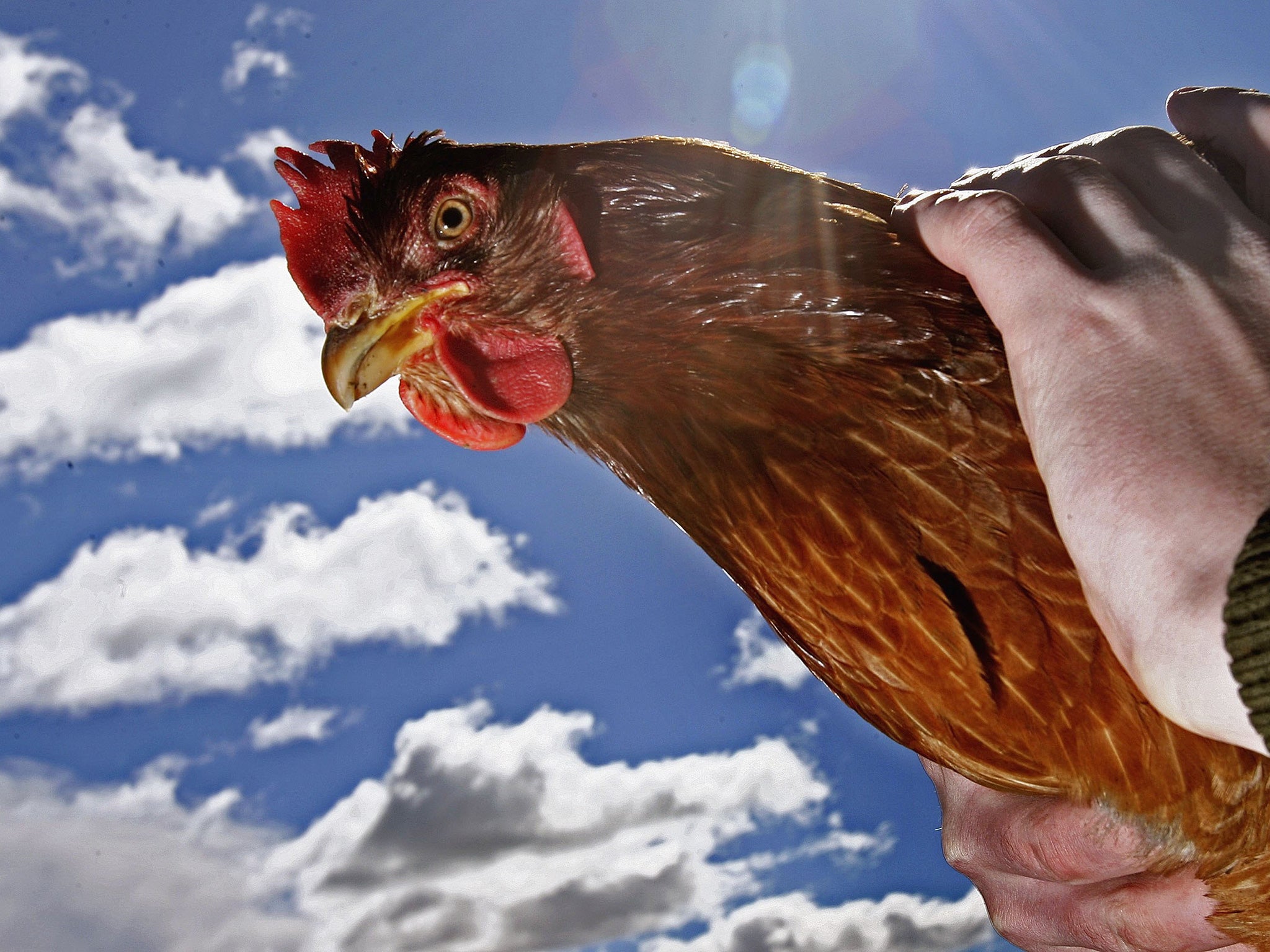
The animal remains a feathered Swiss Army knife, a multi-purpose beast that provides us with what we want in a given time and place. This plasticity, which makes it the most valuable of all the domesticated animals, has become useful in tracing our own history. The chicken is a kind of avian Zelig, and since it is an uncanny mirror of our changing human desires, goals and intentions – a prestige object, a truth teller, a miraculous elixir, a tool of the Devil, an exorcist, or the source of fabulous wealth – it is a marker for human exploration, expansion, entertainment and beliefs. Archaeologists now use simple mesh screens to gather bird bones that can tell the story of how, when and where humans lived, while complex algorithms and high-throughput computing make it possible for biologists to trace the chicken’s genetic past, which is so closely tied to our own. And neuroscientists studying the long-abused chicken brain are uncovering unsettling signs of a deep intelligence as well as intriguing insight into our own behaviour.
Today’s living bird has largely disappeared from our urban lives, and the vast majority inhabit a shadowy archipelago of huge poultry warehouses and slaughterhouses surrounded by fences and sealed off from the public. The modern chicken is both a technological triumph and a poster child for all that is sad and nightmarish about our industrial agriculture. The most engineered creature in history is also the world’s most commonly mistreated animal. For better and worse, we have singled out the chicken as our meal ticket to the world’s urban future while placing it mostly out of sight and mind.
The backyard-chicken movement sweeping the United States and Europe is a response to city lives that are far removed from the daily realities of life and death on a farm, and the bird provides a cheap and handy way for us to reconnect with our vanishing rural heritage. This trend may not improve the life or death of the billions of industrial chickens, but it may revive our memories of an ancient, rich and complex relationship that makes the chicken our most important companion. We might begin to look at chickens and, seeing them, treat them differently.
Even as we grow more distant from, yet increasingly dependent on, the fowl, our ways of describing courage and cowardice, tenacity and selflessness, and other human traits and emotions, remain firmly bound up with the bird. “Everything forgets,” the literary critic George Steiner said. “But not a language.” We are cocky or we chicken out, henpecked or walking on eggshells. We hatch an idea, get our hackles up, rule the roost, brood, and crow. We are, in more ways than we might like to admit, a lot more like the chicken than the hawk or the dove or the eagle. We are, like the barnyard fowl, gentle and violent, calm and agitated, graceful and awkward, aspiring to fly but still bound to the earth.
‘Why Did the Chicken Cross the World? The Epic Saga of the Bird That Powers Civilisation’ (Duckworth Overlook, £16.99) is out now
Join our commenting forum
Join thought-provoking conversations, follow other Independent readers and see their replies
Comments